Bright terry inflorescences - baskets of a variety of color gamut benefitly allocate from other blooming perennials. And if we consider that for planting and care for this culture, there are practically no special knowledge and skills, the perennia becomes the optimal choice for decorating any garden-park zone. A beautiful plant with slim flowers is great for cutting and design bouquets.
Long period and abundance of flowering can be extended by independently, it is enough to know some secrets for the care of the plant. All the peculiarities of growing in the open ground - in this article.
Perennia long, plant description
- Perennia Perennia belongs to the Astrov family and is a popular beautifully mixing decorative plant.
- With its unusual name, the perennial owes the famous botanist Karl Lynneu, who called the flower in honor of the professor of pharmacology and director of the Botanical Garden - Johann Qinna. Flowers of our region are often referred to as "Major".
- America is considered to be Mountains, although already in the 20th century, this culture has been common worldwide.
- Cinema grows with compact bushes, reaching a height from 30 to 100 cm, depending on the variety of the plant.
- Leaves from perennials pubescent, seating, elongated-pointed. Saturated green, the leaves on the stem are located in the mutters or oppositely.
- Stem is a reprehension or slightly branched, long and strong patterns, thickened to the base, are perfectly suitable for cutting.
- The inflorescence is a multi-flower basket, a diameter of from 3 to 15 cm, is located singly, on the top of the shoots. Bright Detail of the baskets - the presence of a multi-row wrapper at the base of inflorescences. Outdoor tongue flowers Inflorescences are located tightly to each other and have a variety of gamut colors: white, yellow, red, pink and purple tones. In addition, many varieties are distinguished by terrain or semi-terrace of inflorescence.
- The flowering of culture has a long period: from the middle of the summer and to the most frosts.
- The fruit in the form of a triangular seed, often with a characteristic skiologist.
- Perennia permanent periods perfectly transfers dry periods, but frosts are destructive for it. Therefore, in regions with cold winters, it is cultivated only as an annual plant. And only in the warmth climate it can be raised as a long-term decorative culture.
Multi-year-old, photo
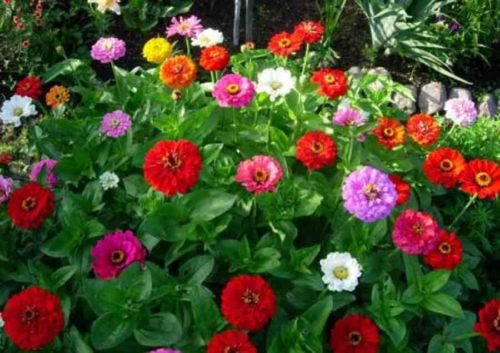

Perennial, varieties and photos
Rhodes are classified for a number of signs. Depending on the flowering time, the early, medium and late-driving varieties distinguish.
In the height of the stem, Queen is divided into:
- High, the height of the stem from 60 to 100 cm is perfectly suitable for cutting.
- Average, have medium-sized stalks, from 30 to 60 cm, suitable both on the cut and the decor of the flower.
- The lowest, grow no higher than 30 cm, sometimes branched, are used in the design of garden-park zones and as potted culture.
In the form and structure of inflorescences, there is simple, semi-grade, terry, pomponny, georgic color, cactious, and others.
Consider the most popular varieties, successfully cultivated in our country.
Damnia Georgic color is distinguished by powerful, slightly spread high bushes. The leaves in the plant are large (10-12 cm), terry and volumetric inflorescences, up to 15 cm in diameter.
Varieties:
- "Violet" (plants height 60-80 cm, inflorescences are dense, purple shades).
- "Orange Kenig" (stems from 60 to 70 cm in height, the inflorescences of terry, bright orange and red shades).
- Polar Bear (compact bushes, 65 cm high, with terry inflorescences of white color).
Cinema Liliput (Pomponny) is a mid-grade bushes with small leaves and small (up to 5 cm) inflorescences. Inflorescences resemble round and lush pumps.
Varieties:
- "Red Riding Hood" (Detasher Inflorescences Round or Cone Shape Bright Red - Red).
- "Tom Tumb" (dense terry inflorescences of red shades, in shape resemble a flat ball).
- "Tambelin" (Sortium of various shades with small, but compact inflorescences).
Fantasy zinnia is characterized by low (50-60 cm) bushes with large foliage and loose inflorescences. Language flowers on baskets of inflorescences are chaotic and directed in different directions.
Varieties:
- "Fantasy" (terry inflorescences of different shades, in diameter about 10 cm).
- "Gift" (compact bushes with red infloresions).
Multi-year, landing technology
To grow in its plot with many years of q.
Place for planting perennial
- Queen prefers solar, well-lit terrain protected from strong wind or drafts. The culture reacts negatively to the moisture stagnation, which is important to consider when choosing a place for landing, but the zaduchia transfers is much easier.
- Before planting perennial, it is necessary to properly prepare the soil: to switch the plot, install drainage, make organic fertilizers.
- Soil for the plant should be fertile, with neutral or weakly acidic reaction. Attention should be paid to a good drainage layer, which will prevent moisture stagnation in the soil. As a drainage, a broken brick with sand is used.
- Hip (compost, humus, dung-raw) is favorable on the development of the plant. Plot for landing is better to prepare in advance, for example, from autumn to plant seeds in the spring in the original nourishing ground. Immediately before sowing, with the scarce and poverty of the soil, the introduction of mineral fertilizers is also allowed.
Landing time multi-year
- Cinema is multiplied by a seed way. Seeds of perennial seed into the open soil in spring, approximately in April-May, when the threat of frosts.
- You can also plant seeds in a container in advance to prepare a perennial seedlings. By the end of May, when stable warm weather is installed, seedlings are planted into the open ground.
Agrotechnology landing zenia many years
- Queen is grown even without repent (seeds in open soil) in ways.
- In the prepared grooves seeds the seeds of the plant, to a depth of about 1 cm, trying to observe a small interval between seeds. Thickened shoots are then thinned and seated.
- For the successful appearance of friendly shoots, the seeds recommend pre-germinate, placing them for 3-4 days in a wet fabric or a mob. Such a wet "pillow" should not dispel or be overly wet.
- If preparing seedlings, the seeds are seeded 2-3 months before the moment of transplanting to the street. The container with exiled seeds can be covered with a film that will accelerate the appearance of plant shoots. Earth with planted seeds moisturizes. As soon as shoots will be processed, the film is removed, the box is put in a bright place (on the windowsill), providing optimal temperature regime (20-22ºC). When the second leaflet appears, seedlings are dive. Before disembarking, seedlings periodically hardened in the fresh air. Seedlings are planted on a plot, not less than 15-30 cm from each other (depending on the variety).
- When transplanting, together with the seedle, you need to take an extensive comantal land.
Perennia long, plant care
Having landed on the plot, it is necessary to provide proper care to the plant: watering, loosening, feeding and pest protection. In the garter and additional support, the perennial does not need, having strong, stable shoots.
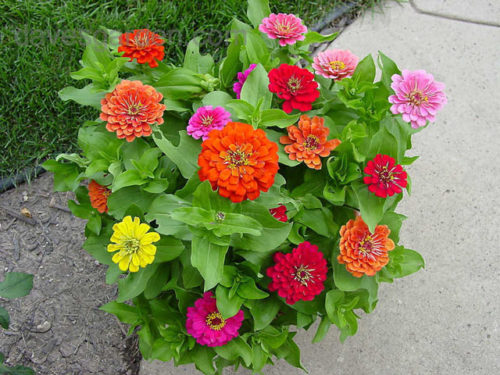
Queenia is an unpretentious perennial, not requiring special attention and tireless caring from the side of the flower. It is enough to comply with the basic rules of agrotechnology in the cultivation of this culture, and Cinema will consistently delight those surrounding the abundance and flowering duration.
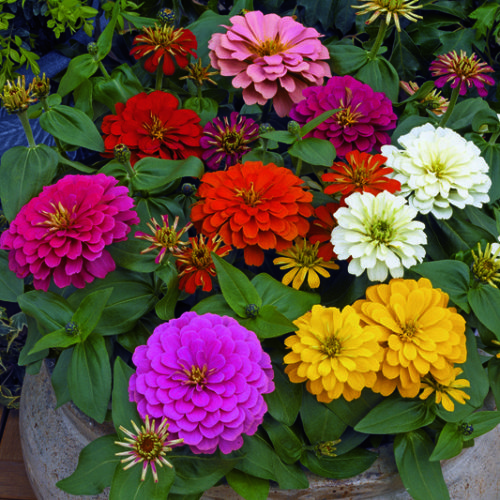
Watering:
- Drought-resistant plant, quenching for a long time can do without watering. But, at the same time, the plant loses its decorativeness: flowers are minced, withering, flowering period is sharply reduced.
- Specialists are recommended to water Queenia rarely, but abundantly.
- Watering is carried out under the root, avoiding hitting flowers.
Swimming:
- After watering the soil around the bushes you need to loosen. This will provide the best air permeability of the soil. In addition, it is necessary to reduce the weary grass in a timely manner around the plant.
Fertilizer feeding and making:
- Like any other plant, Queenia is favorable to make fertilizers, especially with the scarcity composition of the soil.
- Qiyia begin to feed more on the period of clearing seedlings. Then, seedlings are watered with a solution of mineral fertilizer containing minor doses of nitrogen.
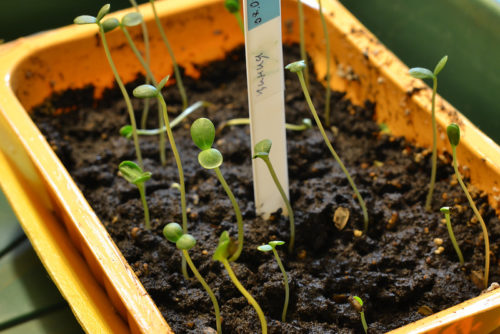
- Lined into the soil seedlings, it feels (ideally) twice: a month after landing and during the tying of buds. As a rule, complex mineral fertilizers or a liquid organic (manure) are brought.
Topping:
- For greater bushes, some flower products are pouring a plant in the topless escape, over the 3-4th pair of leaves. This event is not at all necessary, and if it is grown on the cutting - no need.
- Removing the blurred flowers on time, you can increase the duration of perennial flowering.
Fighting pests and diseases:
- Pests may become a wave, may beetles, snails or slugs. Such "unwanted guests" (snails, beetles and slugs) will have to be assembled manually and destroy. The anti-soap solution (10 g per 1 liter of water) or special chemicals (fufanone, accutelica) will help in the fight against the threshold. It is also recommended to process the soil around the plant with a solution of lime or superphosphate.
- Of the diseases, the area is subject to infection with gray rot, fusariosis, flies dew and spot.
- Bacterial spot is manifested by brownish rounded spots on the leaves and needs urgent measures: removing all infected parts. With a strong defeat, it is often necessary to destroy the entire plant entirely.
- Special fungicides will help to get rid of sulfur and fuzariosis: Fundazole, Topcin-M.
- Whitish raid on the above-ground parts of the plant indicates infection of mildew. For the treatment of the disease, fungicides, type of speed, topxin or topaz are used.
- The cause of many diseases becomes improper plant care: too thickened landings, excessive and frequent watering, lack of drainage.
Seed collection:
- To collect seeds, it is recommended to take away and outline the best first inflorescences, the side shoots from the flowers are removed. When ripening baskets, they are cut, dried and exfoliated seeds.
- Seeds are stored in a dry cool place, but not more than 3-4 years. After that, the germination of seeds is significantly reduced.
Preparation for winter:
- Queenia is a thermal-loving plant that poorly tolerate frosts and cold winters. Therefore, the plant needs additional shelter (sweetheart, foliage). Some flower products transplant bushes into house pots and containers and enter the winter to the warm room.
Application of pins of multi-year
- The main importance of the perennial is a bright decorative flowering, thanks to which the perennial landing decorate flower flower beds and household plots. Similar flowers have become an unchanged decoration of country areas and rustic landscapes. And the riot of paints of blooming inflorescences fascinates with its bright and not repeated appearance.
- Thickened long stems are perfectly suitable for cutting and decoring flower compositions. Flowers stand for a long time in a vase, while maintaining freshness and without recessing any odors. It is practically not smelled, they do not cause allergies and other unpleasant sensations.
Summing up, it should be noted the main advantages of growing perennially:
- An unpretentious drought-resistant plant grows perfectly in conditions of a moderately continental climate of the country.
- Heat and light-affiliated plant, it is important for Queen to pick up a suitable landing place.
- Fertile soil and drainage system will provide optimal plant development.
- A variety of rainbow shades of lush inflorescences attracts attention to its picturesque bright appearance. Sustainable high blooms are ideal for cutting.
- Long flowering period can be extended even more, by removing faded inflorescences.
- Easy sowing and elemental plant care, allows you to grow this perennial even inexperienced flower.


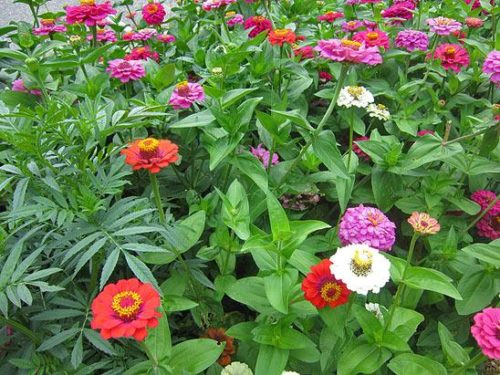
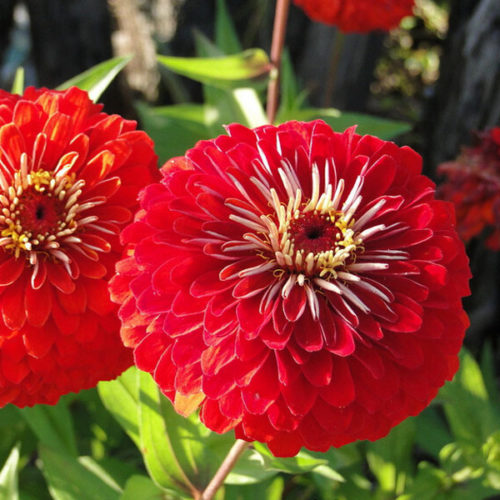
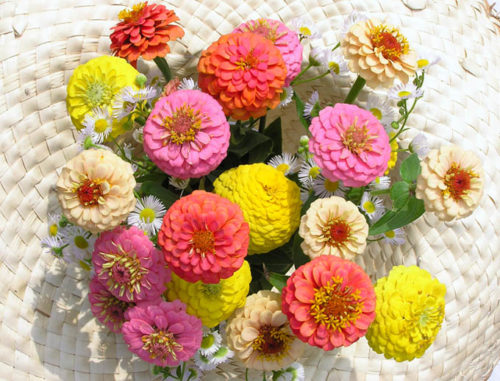
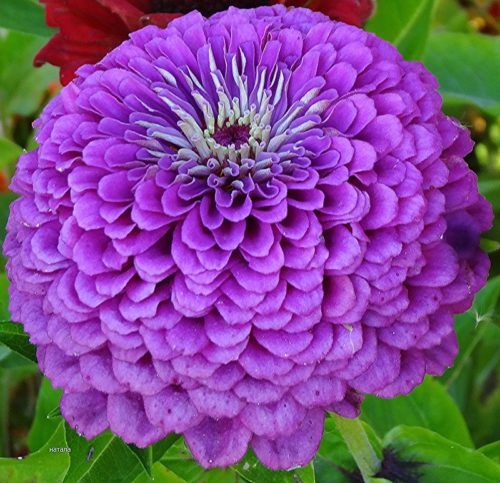
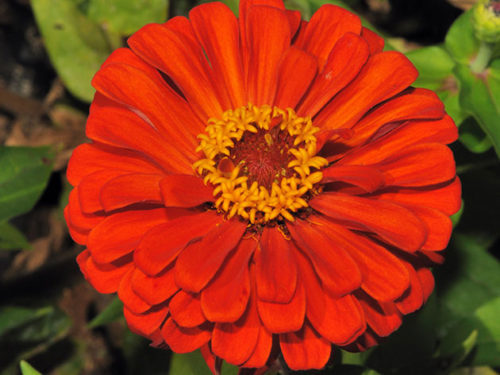
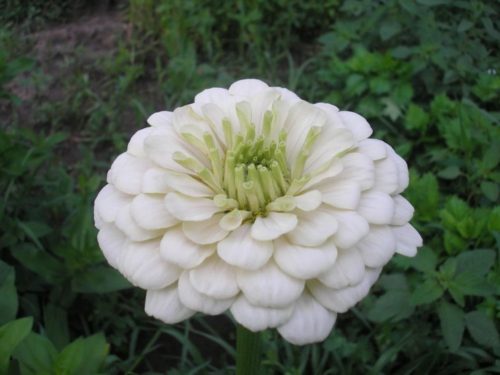
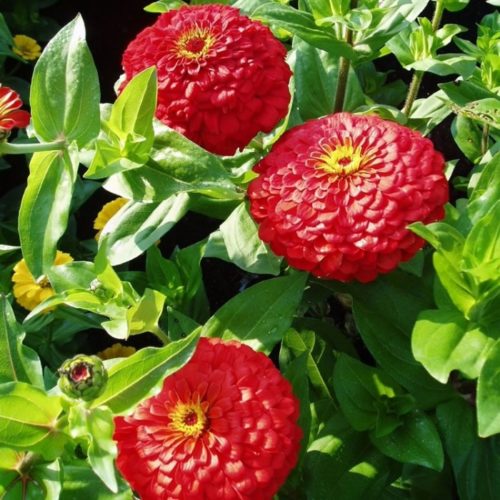

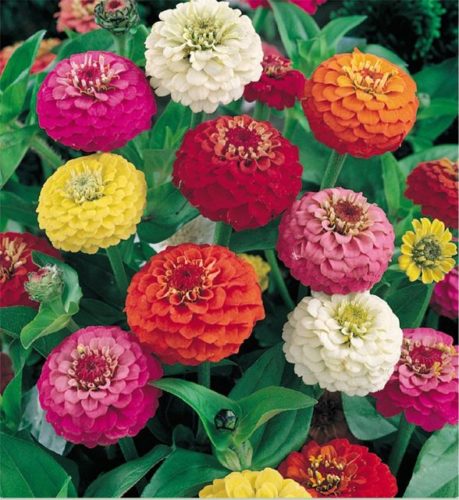

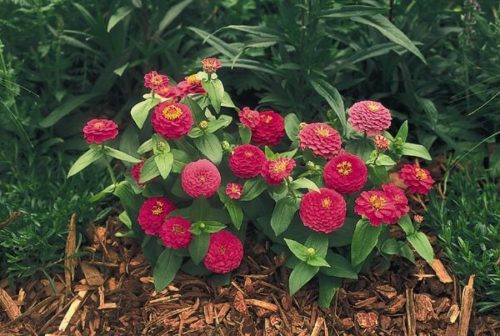


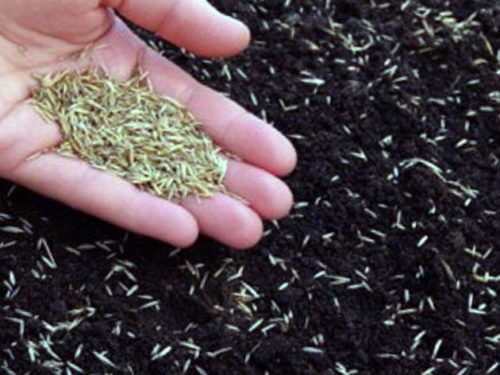
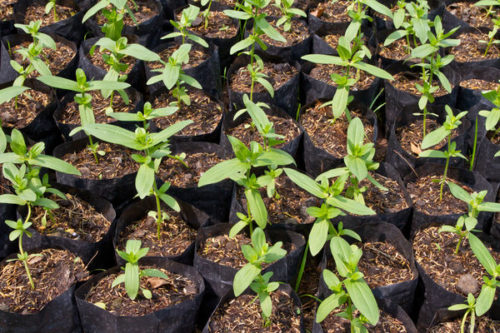
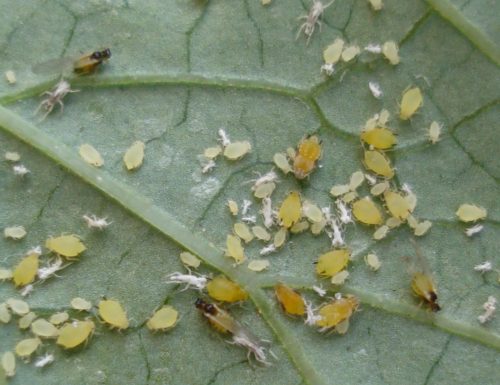
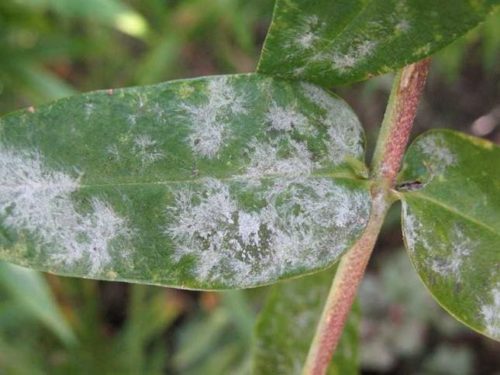
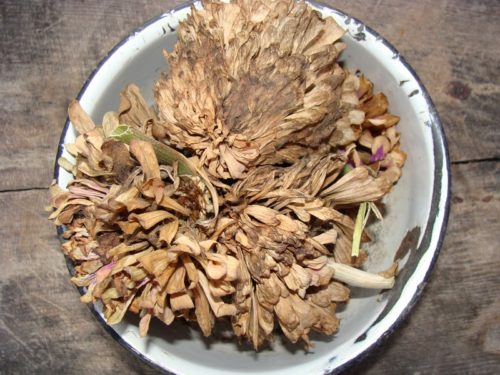
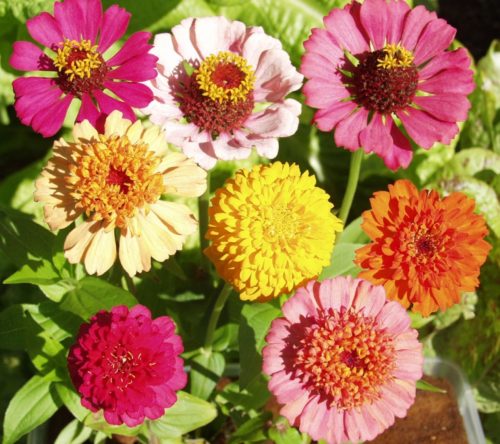
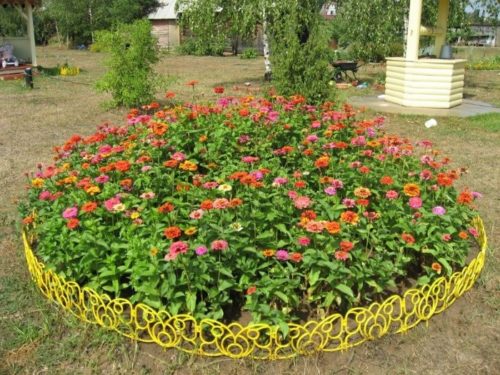
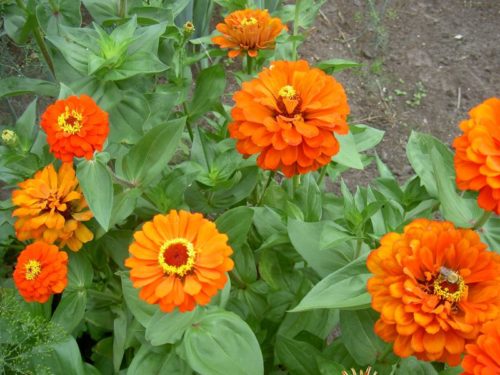
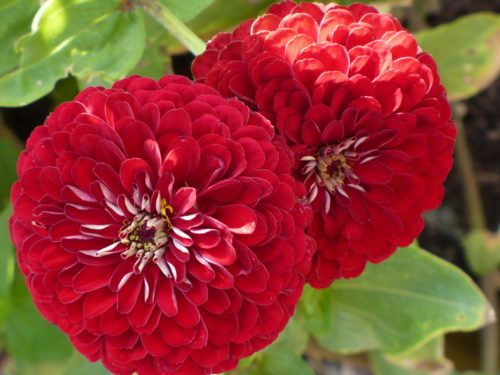
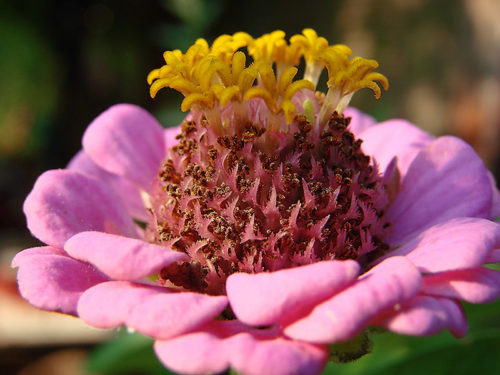
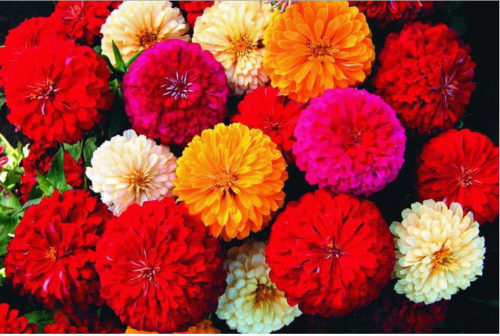
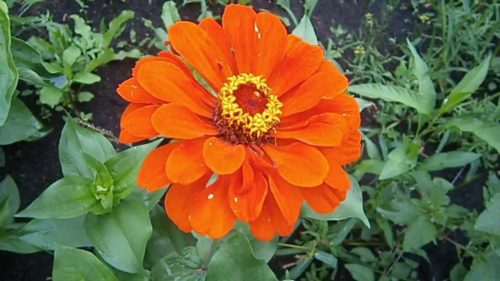
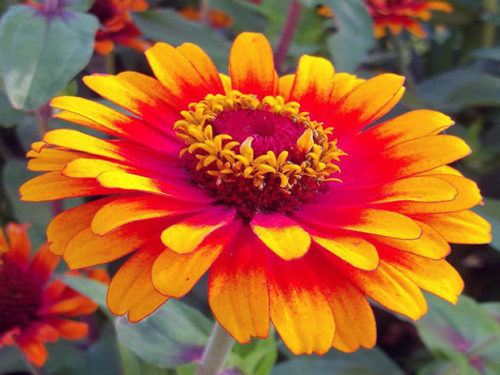
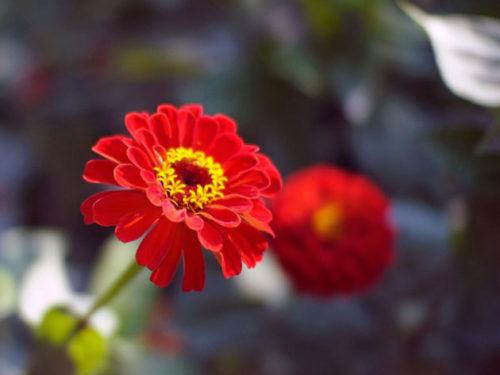












 Start a discussion ...
Start a discussion ...